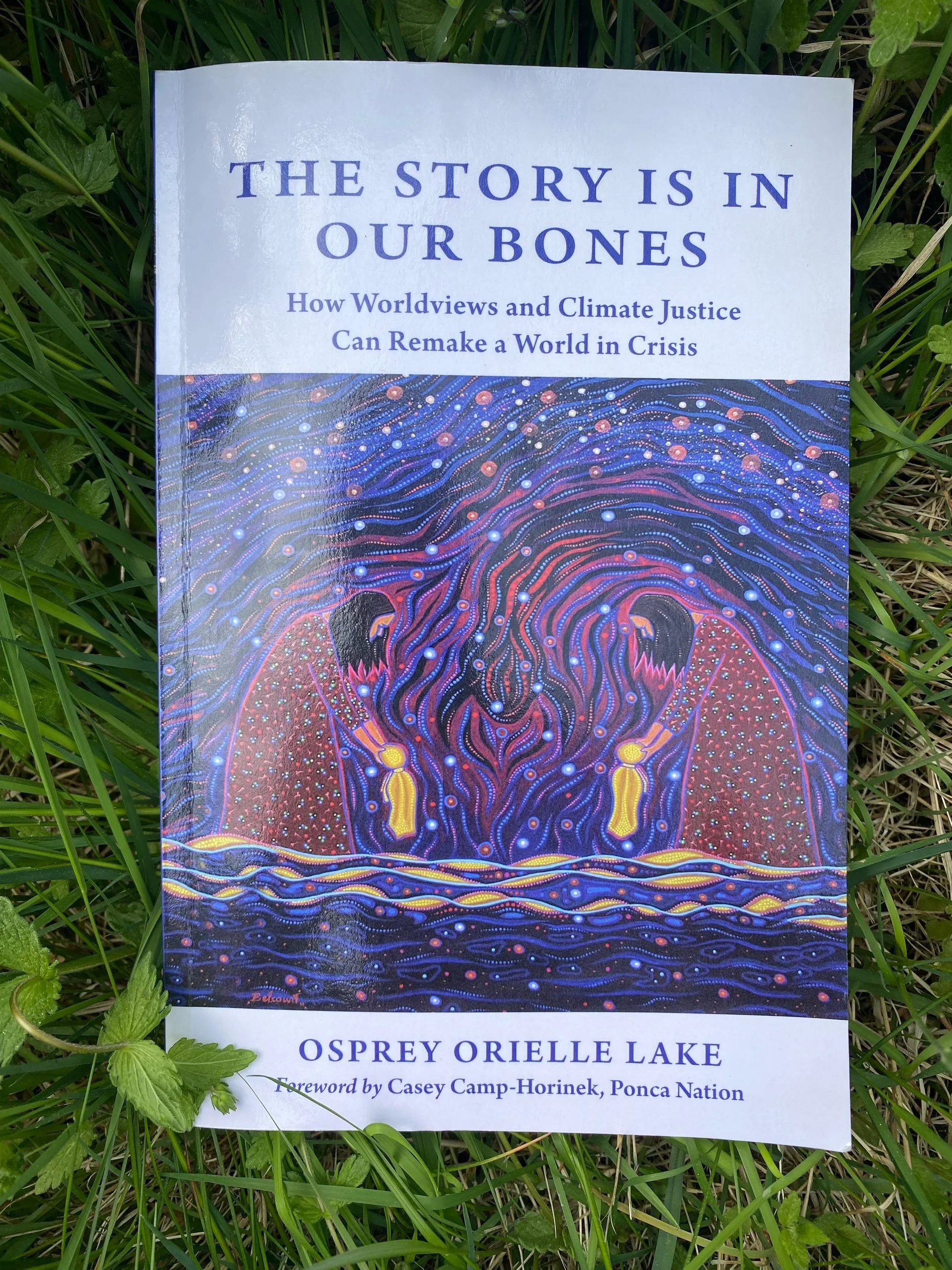In September, we got the great news that China has managed to reverse the trend of letting the panda become extinct. For more on how they did this, you can follow this link: http://www.bbc.com/news/world-asia-china-37273337 . However, what is troublesome is that even though the panda has become the symbol of endangered species, we haven't grasped the full concept of why we need to save all the endangered species, not only the cute ones.
There are many "invisible" species that plays a key role in ecosystems we depend on for our daily life. One recent example that the media has given a bit of attention is the disappearance and mass dying of bees. Without bees there will be no pollination, which in turn will affect all the fruit and vegetables that we eat. This is a fairly simplified cause and effect chain, but the same rules apply to other species. If we change the natural habitat too much for one key species, we might alter something entirely larger without having intended that to be the consequences.
From a preservationist perspective, the solution would be to not make interferences that can not be undone. In order to keep the numbers of dying species under control, we have something called the Red List: http://support.iucnredlist.org and WWFs: https://www.worldwildlife.org/species/directory?direction=desc&sort=extinction_status and many countries have their own specific, for example Norway has its own "rødliste": http://data.artsdatabanken.no/Rodliste . In Norway, we have lost over 125 species in the past 200 years. Last week, the new state budges was published in Norway, and there are no new budgetary savings set aside for the protection of new species. This is a bad sign for the environmental situation we are in. If we start protecting more nature and saving species, we will effectively stop the escalating effect that we for example have seen with the bees. There are many other, probably undiscovered, links that we need to take in consideration. A healthy biodiversity will bring us closer to solving the climate crisis.
Thank you for reading and engaging.




